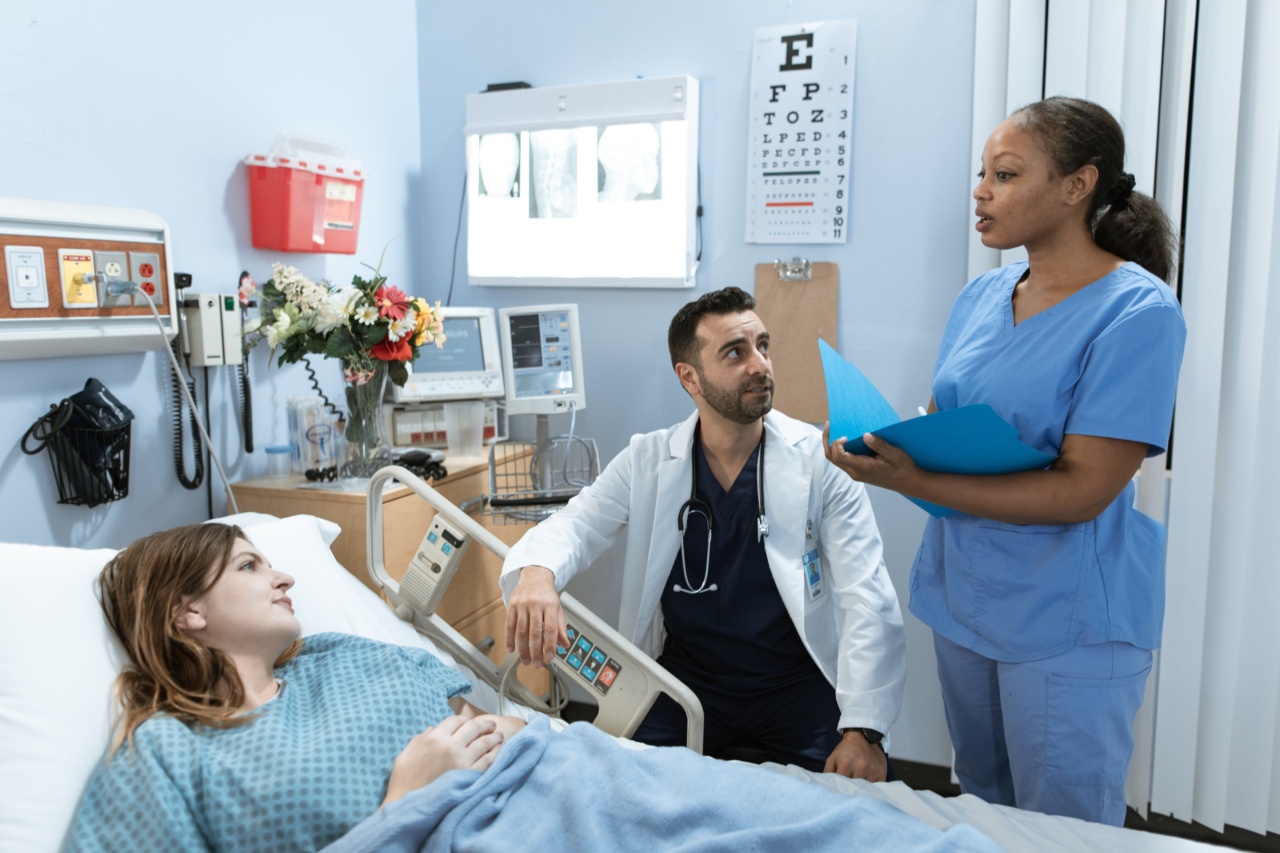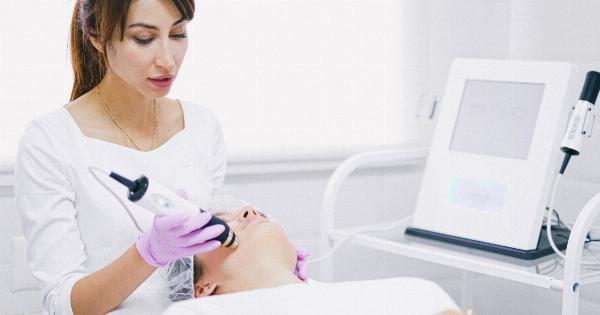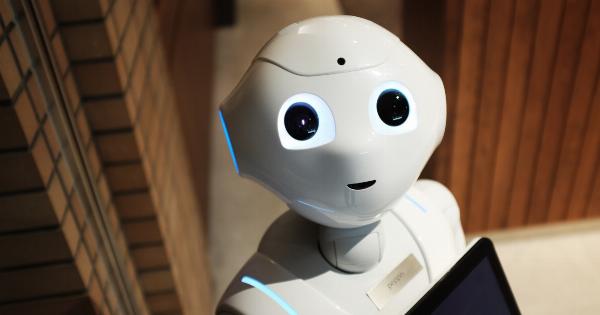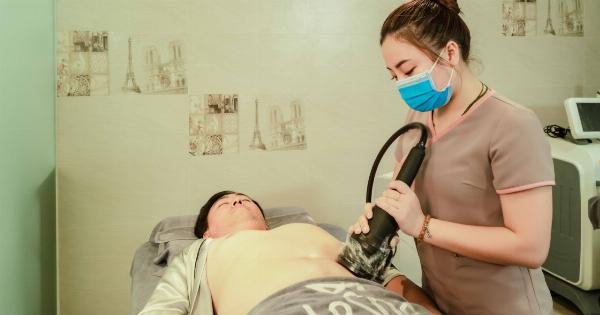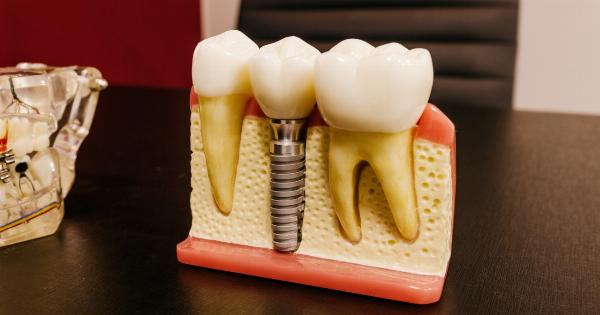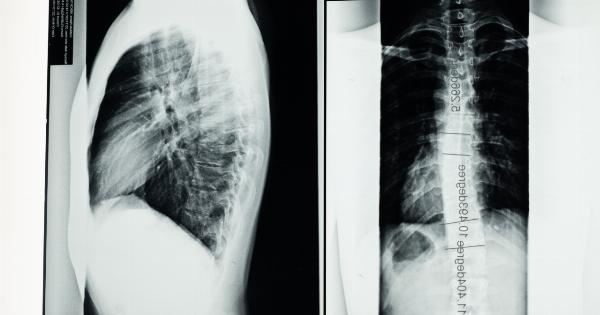Scoliosis is a condition characterized by abnormal lateral curvature of the spine. It affects millions of individuals worldwide, with about 4% of the population experiencing the condition.
There are several treatment options for scoliosis, ranging from the use of braces to corrective surgery. However, these treatment options come with their limitations and challenges. Magnetic bars are new technology being adopted by spinal surgeons which revolutionize scoliosis treatment.
They provide a better option for patients as they are less invasive, have a faster recovery time, and are more effective. This article discusses magnetic bars, how they work, their advantages, and their impact on scoliosis treatment.
What are Magnetic Bars?
Magnetic growing rods, also known as magnetic adjustable growing rods (MAGR), are devices implanted in children with scoliosis to correct spinal deformities. They are made up of two rods that are attached to the affected vertebrae by screws and hooks.
The rods are adjustable, making it easy for surgeons to lengthen or shorten them depending on the patient’s growth rate.
How do They Work?
The magnetic rods work by using magnetic force to drive distraction between the vertebral bodies. The rods contain a magnetically coupled piston mechanism that can be controlled through an external remote controller.
This controller allows surgeons to adjust the length of the rods, thus stretching the spine, correcting it, and preventing further deformities from taking place. The primary aim of the magnetic rods is to reduce the rate and extent of spinal surgery in growing children.
The Advantages of Magnetic Bars
Magnetic bars offer several advantages compared to traditional scoliosis treatment options. These include:.
Less Invasive
Magnetic bars are less invasive and do not require any incision into the spinal cord area. The procedure is much safer for children as there is minimal blood loss, and the risks of complications are low.
Faster Recovery Time
The recovery time for patients who undergo magnetic bar surgery is shorter compared to traditional scoliosis surgery. They can return to normal activity fairly quickly, and the hospital stay is usually less than a week.
More Effective
Magnetic bars are more effective at treating scoliosis compared to traditional treatment options. The rods provide better correction for spinal abnormalities, and they can be adjusted non-invasively, reducing the need for additional surgeries or braces.
Also, magnetic rods offer improved spinal growth and may result in fewer surgeries in a child’s lifetime.
Less Discomfort
The magnetic rods are softer and more comfortable than traditional scoliosis braces. The rods are implanted inside the body and do not cause discomfort or skin irritation.
Traditional braces are the most common treatment option for scoliosis, but they can be uncomfortable, especially for children who have to wear them for extended periods.
The Impact of Magnetic Bars on Scoliosis Treatment
The adoption of magnetic bars has had a significant impact on the treatment of scoliosis.
Spinal surgeons have a new tool that they can use to treat the condition more effectively, quickly, and efficiently, thus improving the lives of children with scoliosis. The ability to correct spinal abnormalities without the need for frequent invasive surgeries or braces means children can enjoy a better quality of life.
A study published in the Journal of Pediatric Orthopaedics found that the use of magnetic rods led to a reduced number of surgeries, lower complication rates, and increased spinal growth in patients with early onset scoliosis.
The study also reported that the magnetic rods were safe to use and had a high patient satisfaction rate.
Another study published in the Journal of Spine Surgeons reported that magnetic rods significantly improved spinal alignment in patients with scoliosis.
The study found that the magnetic rods had a better correction rate, reduced the need for surgeries, and had a shorter follow-up period.
Conclusion
Magnetic bars have revolutionized scoliosis treatment, providing a less invasive, more effective, and faster solution. They offer better correction of spinal deformities, reduced complications, and a faster recovery time.
Their use has led to improved spinal growth and a reduced need for corrective surgeries or braces. These devices have made a positive impact on the lives of patients with scoliosis and have provided a new avenue for spinal surgeons to treat the condition more effectively.
